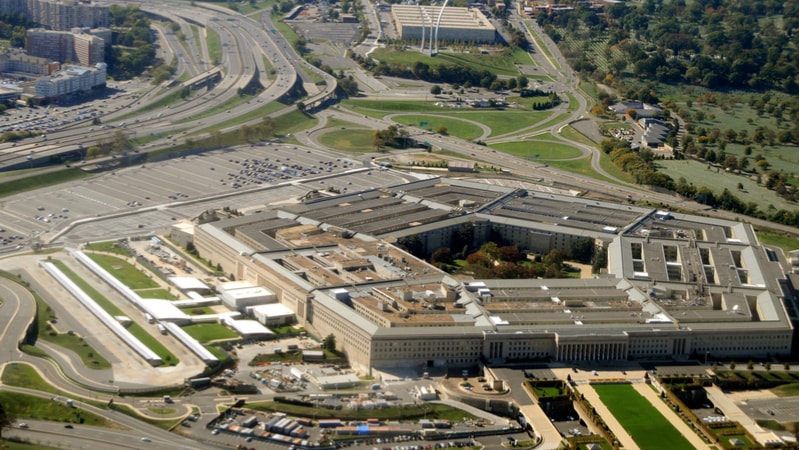
Are you a current or former service member or government employee with knowledge of UFO-related incidents? If the answer is yes, the Pentagon wants to hear from you.
The Department of Defense’s (DoD) All-domain Anomaly Resolution Office (AARO) rolled out a long-anticipated secure mechanism for service members and government employees to report sightings of unidentified anomalous phenomena (UAPs), or UFOs as they are more commonly known.
The new online form – available through AARO’s new website – allows current or former U.S. government employees, service members, or contractors to report direct knowledge of alleged U.S. government programs or activities related to UAP dating back to 1945.
“These reports will be used to inform AARO’s congressionally directed Historical Record Report, due to Congress by June 2024, and its investigations into alleged U.S. government UAP programs,” the department said in a statement.
Sean Kirkpatrick, the head of AARO, told reporters during an off-camera press conference on Oct. 31 that any information shared would be confidential and only shared with AARO staff. He also said that the reporting form will complement reporting procedures announced in May to the services and combatant commands.
The reporting form is not available to the public, but the AARO plans to develop and roll one out soon, Kirkpatrick clarified.
“We understand that members of the public are also interested in reporting UAP sightings to AARO,” Kirkpatrick said. “We are exploring methods for how the public can do so in the forthcoming third phase of the secure reporting mechanism.”
This is the second phase of AARO deploying a reporting mechanism for UAP incidents.
The announcement of the new reporting form follows ongoing criticism from the hill regarding AARO’s slow progress in dealing with UAP reports, creating a reporting form for UAP sightings, and its lack of transparency.
In launching this reporting mechanism, required under the National Defense Authorization Act for Fiscal Year 2023, the AARO offers the first official resource for “wider reporting,” Kirkpatrick said.
In addition, Kirkpatrick told reporters that AARO has been busy sorting through images and determining what’s valuable to investigate and what has a simple explanation. As part of this effort, the AARO collected data about what objects, such as balloons, look like in the various sensors of military aircraft.
“The idea being, we want to reduce the number of UAP reports that are actually just balloons or actually just drones … I need to get those off of our plate because those aren’t UAP,” he said.
